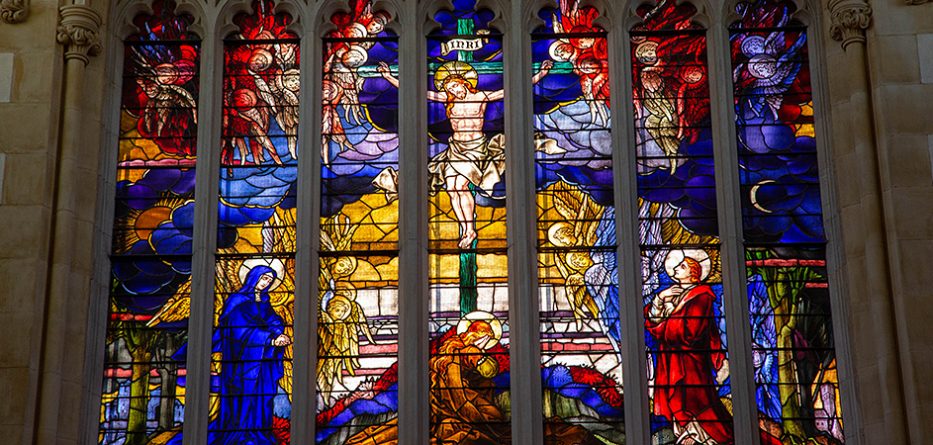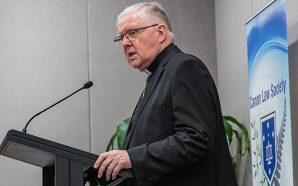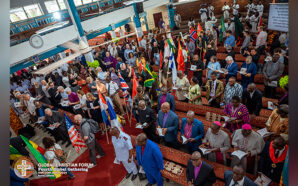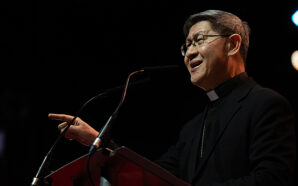Renowned Nobel laureate and Jewish writer Elie Wiesel once wrote a short memoir entitled Night about his experience with his father in the Nazi concentration camps at Auschwitz and Buchenwald in 1944–45, at the height of the Holocaust and towards the end of World War II.
In that heart-breaking memoir, overflowing with so much innocent suffering, Wiesel recounts a story that is deeply moving. During the hanging of a child, which the camp is forced to watch, he hears someone ask: ‘Where is God? Where is he?’ Not heavy enough for the weight of his body to break his neck, the boy dies slowly and in agony. Wiesel files past him, sees his tongue still pink and his eyes clear, and weeps.
‘Behind me, I heard the same man asking: “Where is God now?” And I heard a voice within me answer him: “Here he is—he is hanging here on this gallows.”’
It is important we Christians admit we have no easy response to evil. Like Job, we first fall silent before its full horror. We certainly do not have pat answers. We can only simply point to the person of Jesus on the Cross. We too puzzle over the mystery of innocent suffering. Yet somehow we remember that God has entered into solidarity with us, even to the point of a shameful, humiliating death.
For in the Cross, Christ identifies and unites with all humanity and identifies with every victim (crying, ‘my God, my God’ with all who have experienced abandonment) and perpetrator (‘he numbered himself with the transgressors’).
The Cross is not the violent retribution of God who demands satisfaction for our sins. That would make God into some type of sadistic monster. No! As early Church Father Irenaeus noted, God ‘does not use violent means to obtain what he desires’.
It is we people who are violent. The Bible is very clear that it is not God who is crucifying Jesus, it is humanity!
Instead the Cross mysteriously reveals God’s immense love and compassion for us. Jesus, our brother, died in solidarity with—and in loving communion with—all human failure, mistakes, and absurdity, and thus made them non-absurd. All human suffering and even our failures can henceforth be seen as part of the entire mystery of transformation into God.
As we meditate before the crucified Jesus, we recognise that he became what we are all afraid of and what we all deny: nakedness, exposure, vulnerability and failure. He became ‘sin’ (Rom 8:3) to free us from repeating that sin (ignorant killing of anything, thinking it will solve our problem); Jesus became the cosmic scapegoat who reveals our very worst and our very best to those who will gaze on the Crucified long enough. Jesus became what humanity hates—to tell us to stop hating, to love what we fear, and how wrong we can be about who is good and who is bad.
Jesus became the pleading image of what humans do to creation so we could see it in stark outline, with the curtain of denial and illusion withdrawn. ‘For our sake he was crucified’, so we would stop crucifying. He became the crucified, who refused to crucify back, and thus stopped the universal pattern of death.
As Sebastian Moore said many years ago: ‘The crucified Jesus is no stranger.’ He is no stranger to anyone who has lived and loved, no stranger to the universal experience of suffering, despair, and loneliness. In that, he saves us.
This article is part of a series of reflections entitled ‘I Believe…Help My Unbelief’: Meditations on the Creed by Br Mark O’Connor FMS.
Br Mark O’Connor FMS is the Vicar for Communications in the Diocese of Parramatta.








